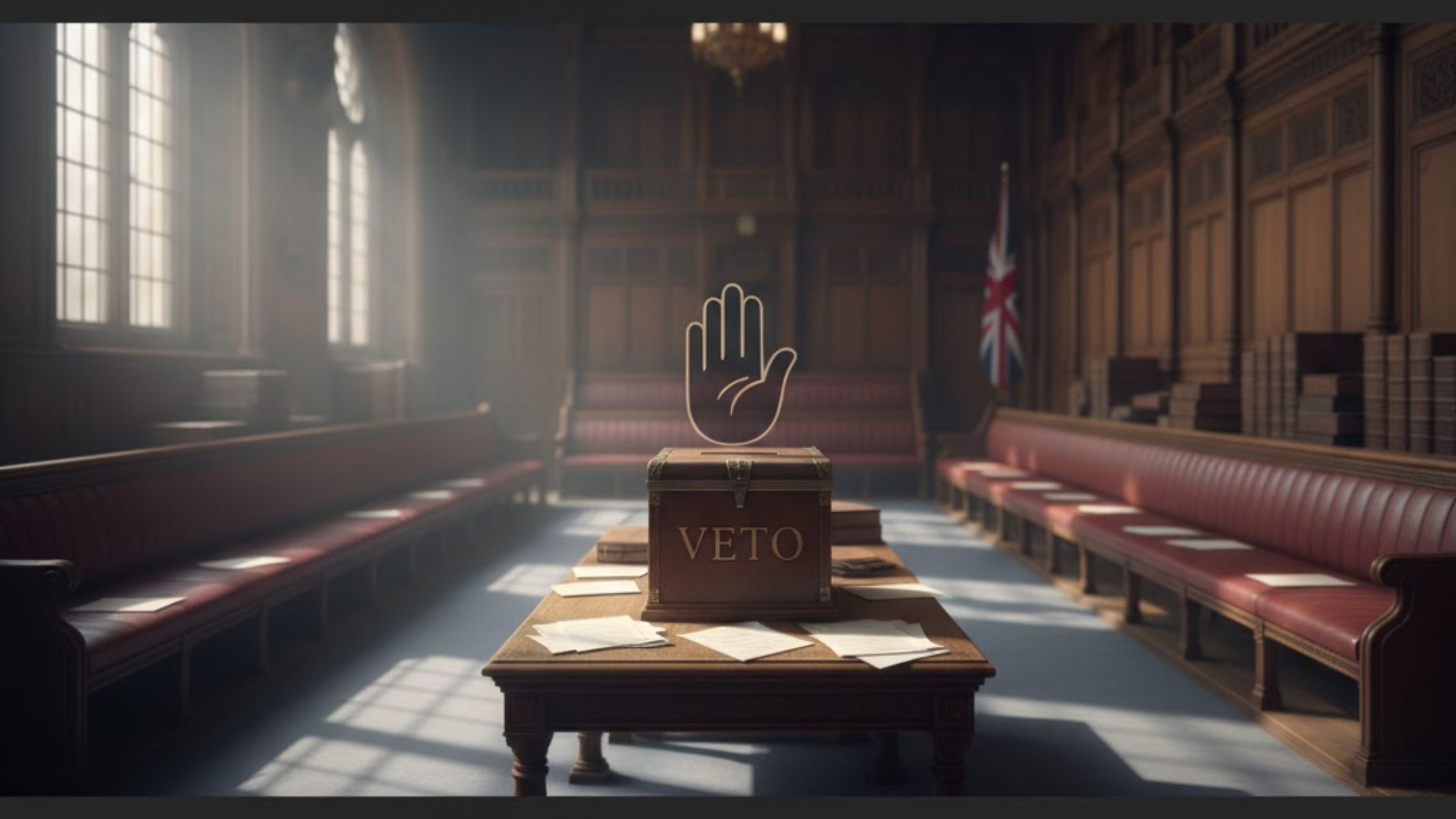The idea of adding a VETO option for UK elections is gaining attention as a way to give citizens real power over who represents them. The campaign by Veto Campaign argues that voters often feel trapped into choosing the lesser of two evils and that the VETO option would let them refuse to accept poor choices. This article explains how such a reform might work, why it matters, and what it could mean for democracy in the UK.
Why the Current System Frustrates Voters?
First-Past-the-Post and Limited Choice
Under the UK’s current electoral system, many voters feel their choice is limited. The dominant parties often win seats with relatively low proportions of the vote. This can leave many citizens feeling unrepresented or powerless.
Tactical Voting and Voter Disengagement
Because choices feel constrained, many voters either vote tactically choosing a candidate not because they believe in them but to block another or they stay home. That dynamic reduces true choice and weakens democratic engagement.
Why Voter Trust Is Slipping?
When voters believe none of the candidates truly represents them, trust in politics falls. Reform-minded voices argue that unless the system changes, turnout may continue to decline and citizens may feel less connected to their government.
What Is the VETO Option for UK Elections?
Defining the Concept
The Veto Campaign describes the VETO option as a formal choice on the ballot paper that allows voters to reject all listed candidates. If the VETO vote crosses a defined threshold (for example, 50 % or more), the election result is considered void and must be rerun.
How It Would Work in Practice?
In practice, voters would see an extra line on the ballot such as “I VETO this election”. If that line receives the largest share of votes or hits the threshold, then the candidates stand down and a new election is held with either new candidates or the same ones re-standing. This gives voters a mechanism to say “none of the above” in a binding manner.
Why It’s More than?
Unlike many existing NOTA (none of the above) options which serve as a symbolic protest vote without consequences, the VETO option is designed to trigger concrete action namely a rerun or reset of the election. That reportedly increases its bite and signals genuine voter power.
How the VETO Option Could Restore Voter Power?
Re-Giving Control to Voters
By allowing voters to reject poor candidate offerings, the VETO option restores the principle that elected officials hold office only with the active consent of the governed. It shifts power away from parties and elites back to ordinary citizens.
Forcing Better Candidate Quality
If parties know their candidates might face a VETO and rerun, they may be motivated to field stronger, more representative individuals rather than safe or token candidates. That increases accountability and improves choice.
Increasing Turnout and Engagement
Many non-voters abstain because they feel the options offered don’t represent them. With a VETO option, even those dissatisfied might turn up to cast a meaningful vote. This could boost participation and make elections more representative.
Strengthening Democratic Legitimacy
When an elected representative knows they won with genuine voter consent (rather than low turnout or weak opposition), this can strengthen legitimacy and public confidence in the system. That carries positive downstream effects for governance and trust.
Potential Challenges and Criticisms
Risk of Repeated Elections and Fatigue
One concern is that introducing a VETO option might lead to frequent reruns of elections in constituencies where voters repeatedly reject candidates, possibly causing election fatigue, higher costs, and voter disengagement.
Who Decides the Threshold?
What percentage of VETO votes triggers a rerun? Setting the threshold is contentious too low and the system could be unstable; too high and it may be ineffective. The campaign must define this clearly.
Conclusion
the introduction of a VETO option for UK elections by the Veto Campaign marks a bold step toward restoring real power to voters. It represents a shift away from passive acceptance of imperfect choices toward active consent and accountability. If implemented thoughtfully, the VETO option could force parties to raise standards, boost turnout, and rebuild trust in democratic institutions. While there are challenges such as cost, education and risk of misuse the potential benefits in terms of voter empowerment and legitimacy are significant. For voters tired of feeling powerless, this reform offers a meaningful pathway to reclaiming their voice and ensuring that every election truly counts.
Here, you can read more blog.
